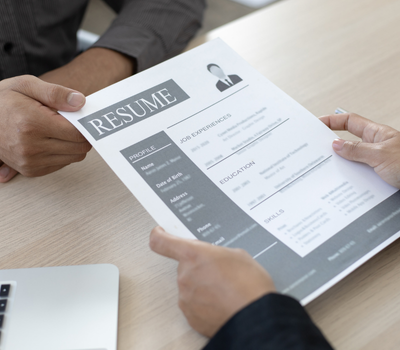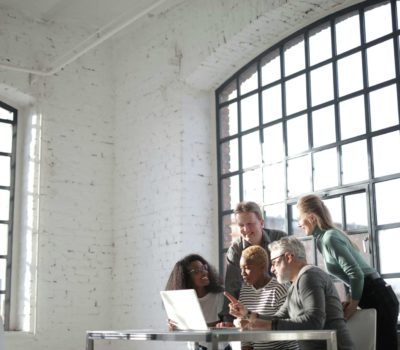The Latest in Australia’s Energy Transition Journey
It can be said that the recent challenging time Australian energy has faced, has accelerated conversations about Australia’s energy transition journey.
During 2022, the combination of high electricity demand, mixed with unfortunate timing of power downtime and high energy prices, led to questions being raised over the future of energy for the nation.
Australia’s Energy Transition Goals
Australia’s aim is to transition to a net zero energy system by 2050, with the aim of ensuring stable and affordable supplies. This means a shift from a traditionally coal-dominant system to a renewable model based on wind and solar. Plus the large scale storage facilities to support this system. In the last 10 years, three large coal fired power stations have been retired. The expectation is that a total of 63% will be retired by 2040.
To demonstrate the country’s commitment to the net zero goal, Australian Prime Minister, Anthony Albanese agreed to the United Nations Framework Convention on Climate Change’s intention to reduce emissions by 43% more than 2005 levels by 2030.
A Key Milestone in the Journey
According to the Clean Energy Australia Report, a significant milestone was reached in 2020, with more than a quarter of the country’s total electricity generation coming from renewable sources for the first time. The publication describes how during 2020, wind and rooftop solar set new records, battery storage came of age and the hydrogen sector continued to develop rapidly.
Furthermore, the Australian Bureau of Statistics reports that renewable energy was responsible for 33.4% of total generation in the 2021-2022 financial year. Compare this to 2016-2017’s figure of less than half of this, at just 16%, and you can see how far Australia has come in its clean energy journey.
Queensland Energy and Jobs Plan
Queensland is set to benefit following the announcement of a $62 billion clean energy investment. This 10 year plan will significantly change Queensland’s energy mix. Therefore, the state’s renewable energy target has increased to 70% by 2032 and then 80% by 2035.
Integral to the strategy are two new pumped hydro projects. One of which will be the largest pumped hydro scheme in the world. Set to supply enough renewable energy to cover half of Queensland’s needs, leaders hope this will make the region the renewable energy capital of the world. The vision of the plan is to supply clean, reliable and affordable energy providing power for generations. This will mean no regular reliance on coal-fired generation by 2035. Existing coal-fired power stations will be gradually repurposed into clean energy hubs, with a Job Security Guarantee for workers.
The Queensland Energy and Jobs plan also covers work on a new super grid. This will be made up of thousands of components, including solar panels, wind turbines, batteries and transmission lines. Consequently, it is expected that 100,000 new jobs will be created by 2040. This includes direct jobs in construction, manufacturing and ongoing operations, plus indirect jobs in supporting services. Two new training hubs in regional Queensland will ensure apprentices are skilled in the required areas.
The Rewiring the Nation Plan
The Rewiring the Nation plan demonstrates government commitment to transforming Australia’s energy sector. This agreement will fast-track Renewable Energy Zones and offshore wind development. Accordingly, creating new energy jobs across Victoria and unlocking cleaner, cheaper and more secure energy.
The plan acknowledges that the inefficiency of Australia’s current electricity transmission system is a blocker to cheaper, cleaner energy. Therefore, a $20 billion investment to rebuild and modernise Australia’s grid is on the cards.
$75 million will be used to jointly fund the Marinus Link Project with the Tasmanian Government. This will see more than 255km of undersea transmission cable delivering renewable energy generation and storage, enabling the mainland to benefit from Tasmania’s abundant natural resources.
Hydro Energy
It would be difficult to talk about large scale Australian renewable projects and not mention Snowy Hydro. Combining solar and wind energy with on-demand hydro electricity, the scheme provides one third of renewable energy to the national electricity market. The project has recently completed excavation of its first tunnel for Snowy 2.0. This program will link the Tantangara and Talbingo reservoirs to enable water to be released for energy generation at times of peak demand and then pumped back into storage ready to use later.
Solar Energy
Solar accounted for 9.9% of Australia’s total electrical energy production in 2020. Worldwide, solar panels are created using technology that originated in Australia. Therefore, it can be argued that renewable energy technology is embedded in the country’s legacy.
Western Australia has recognised the solar, in addition to wind, potential of a particular greenfield location. Around 435km north of Perth, the Oakajee site will be home to the Mid West Hydrogen Hub. Government investment of $5.5million is planned to fast-track its development for the production of renewable hydrogen.
Recent Developments
Investment into Australian renewable projects shows no signs of slowing. The country is seeing some of its biggest oil giants diversifying into clean energy. They’re spending millions on developing and operating wind, solar and battery storage projects. With the government incentives on offer, it’s likely we’ll see more companies following suit.
The Australian Bureau of Statistics reports that since 2017 there has been an increase in the level of investment in renewable generation and storage technology. In the 2016-17 financial year, the value of work done on renewable projects was $865.9m compared to $5.51b in 2021-22.
It appears that the momentum in renewable energy development will continue. This benefits Australia with a cheaper, cleaner and more reliable electricity system. Not only that, the country benefits from a growth in jobs across the clean energy sector, with the industry employing more than 25,000 Australians in 2020.
Our Brisbane office is on hand to discuss the workforce requirements your business needs to ensure a smooth journey through the energy transition.






